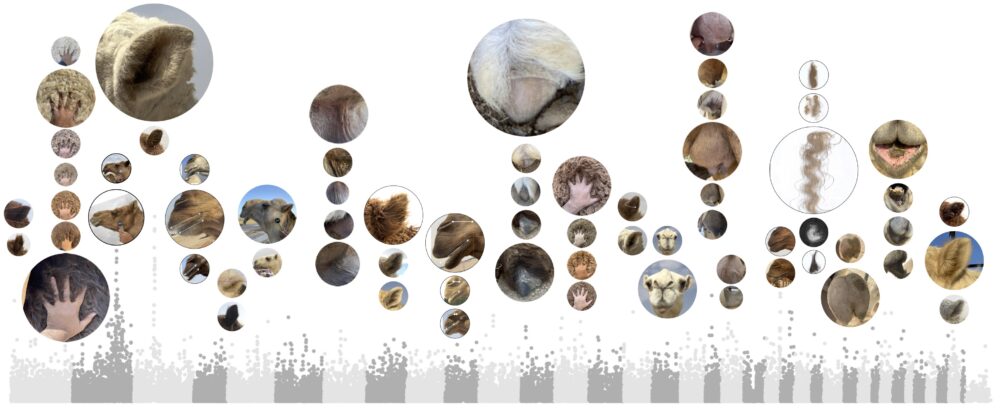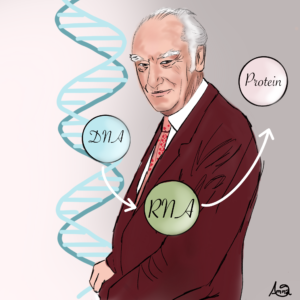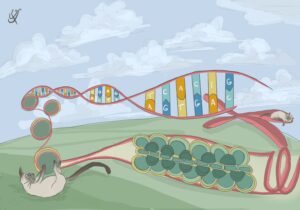Students:
Amna Alrashid
Project:
Asmaa Alghanem
Project:

Below is the creative work of my student Mariam Chehadeh, who took my Molecular Genetics course Spring 2023. A very surprising creative work.
My DNA, you inspire me to write!
I adore the way you conserve and express.
Invading my mind day and night.
Always dreaming about your work in progress.
Let me compare you to a unique bouquet.
You are very selfish, precious, and rare.
Your truthful breeze flaps the blueprint dancers of May.
And springtime has the singular spare.
How can I see you? I will count the ways.
Because you are highly intricate and complicated.
Oh, how your helical structure swirls my days!
Though my need for you is anticipated.
Now I must deal with a heavy heart.
Remember my warm words while we are apart.
Your report should be typed using Microsoft Word (no lower or upper limit to the report) and be named (YOUR NAME_485). The report should include (to the best of your ability) the following with respect to your organism:
Once again Amna Alrashid shares with us a very nice portrait of Francis Crick with a touch related his idea of the central dogma of molecular biology. Very nice!

This a nice sketch by a talented student in my Intro to Mol. Genetics course. Very nice piece by Reem Alsayegh.

This is a wonderful artwork by a very talented student in my Introduction to Mol. Genetics class. Ms. Amna Alrashid made this portrait of Rosalind Franklin. You can see Amna’s artwork in her social media (Amna Alrashid).

Meetings: Wednesdays @ 9am and @ 1pm in my office.
Seminar Topics: Medical Biotechnology.